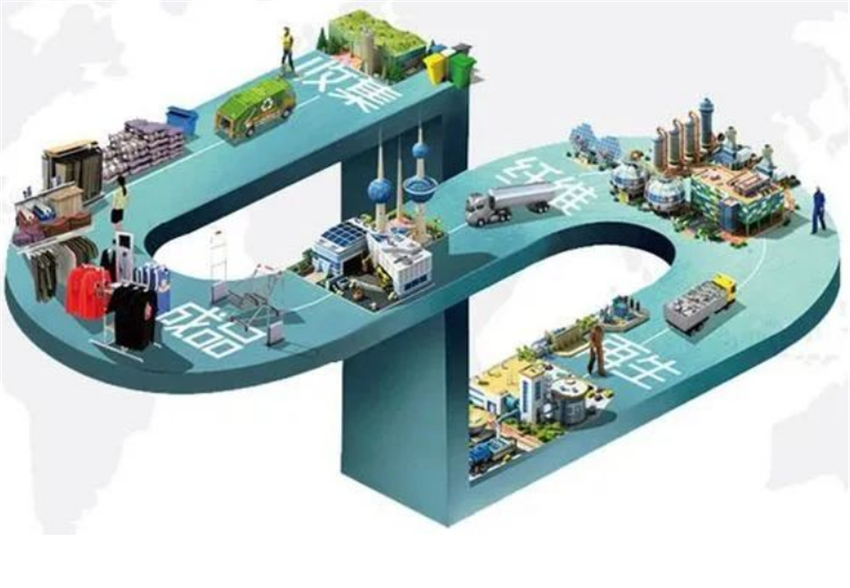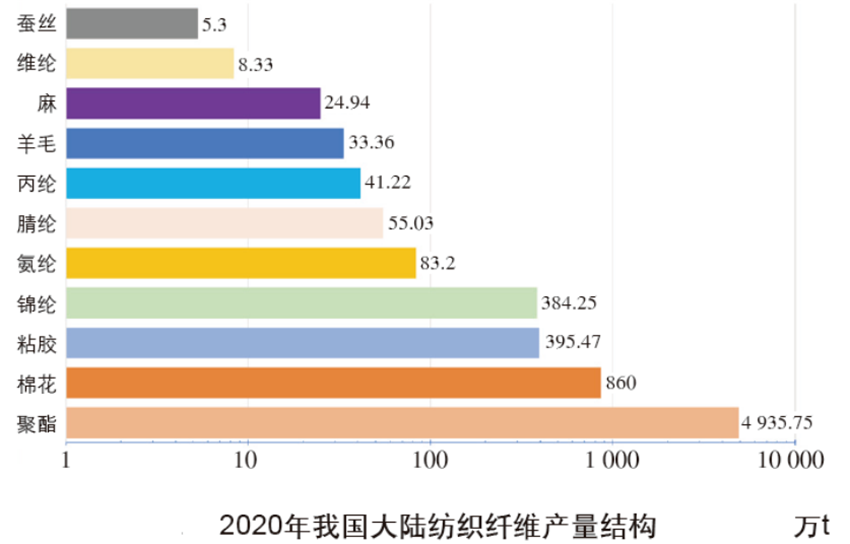The development of the global textile industry chain has increased the per capita annual textile consumption from 7kg to 13kg, with a total volume of more than 100 million tons, and the annual production of waste textiles has reached 40 million tons. In 2020, mainland my country will recycle 4.3 million tons of textiles, and the output of chemical fibers will exceed 60 million tons. Although the number of textile exports is high, the recycling rate is low. There are still more than 2/3 of waste textiles in the world that have not been able to be upgraded and recycled.
The so-called renewable textiles are generally considered to be recycled textiles that can be reused, and the performance of the remanufactured products is basically the same, and even has higher value single fabrics. For biodegradable “disposable” textile products, which do not have the economic value of immediate recovery, they can be landfill composted. In addition to this concept of circular economy, industrial technology divides recycling into two types: upgrading and downgrading.
Textile recycling methods mainly include mechanical, physical and chemical methods. The mechanical method is to process textiles into thin strips or fibers for re-spinning or changing the main purpose of textiles; the physical method is mainly for synthetic fibers, especially the fibers formed by melt spinning, which are melted at high temperature to make the textiles melt. After filtering impurities, they can be spun or used in other products. Some high-performance fiber composite materials can remove epoxy resin at high temperature, restore the fiber state, and be used in non-textile products through cutting and crushing processes; chemical methods are mainly for a variety of textiles. The separation of fibers is recycled separately, and more occasions are used to purify the recycled materials, better remove impurities and dyes, and implement upgrading and regeneration.
In 2020, my country’s polyester fiber output is 49.3575 million tons, accounting for 72% of the total, cotton is 8.6 million tons, accounting for 12%, viscose is 3.95 million tons, accounting for 5.8%, nylon accounts for 5.6%. The remaining fibers add up to less than 4%. In order to ensure food supply, the output of natural fibers such as cotton, linen, and wool is on a downward trend as a whole. It is a phased strategy to replace some natural fibers with synthetic fibers. The source of synthetic fiber raw materials can choose bio-based resources, and recycled renewable resources should be used to gradually get rid of the excessive dependence on non-renewable resources. This is not only of practical significance for saving resources, protecting the environment and reducing the occupation of cultivated land, but also of great significance for the construction and development of circular economy.
Post time: Feb-27-2023


